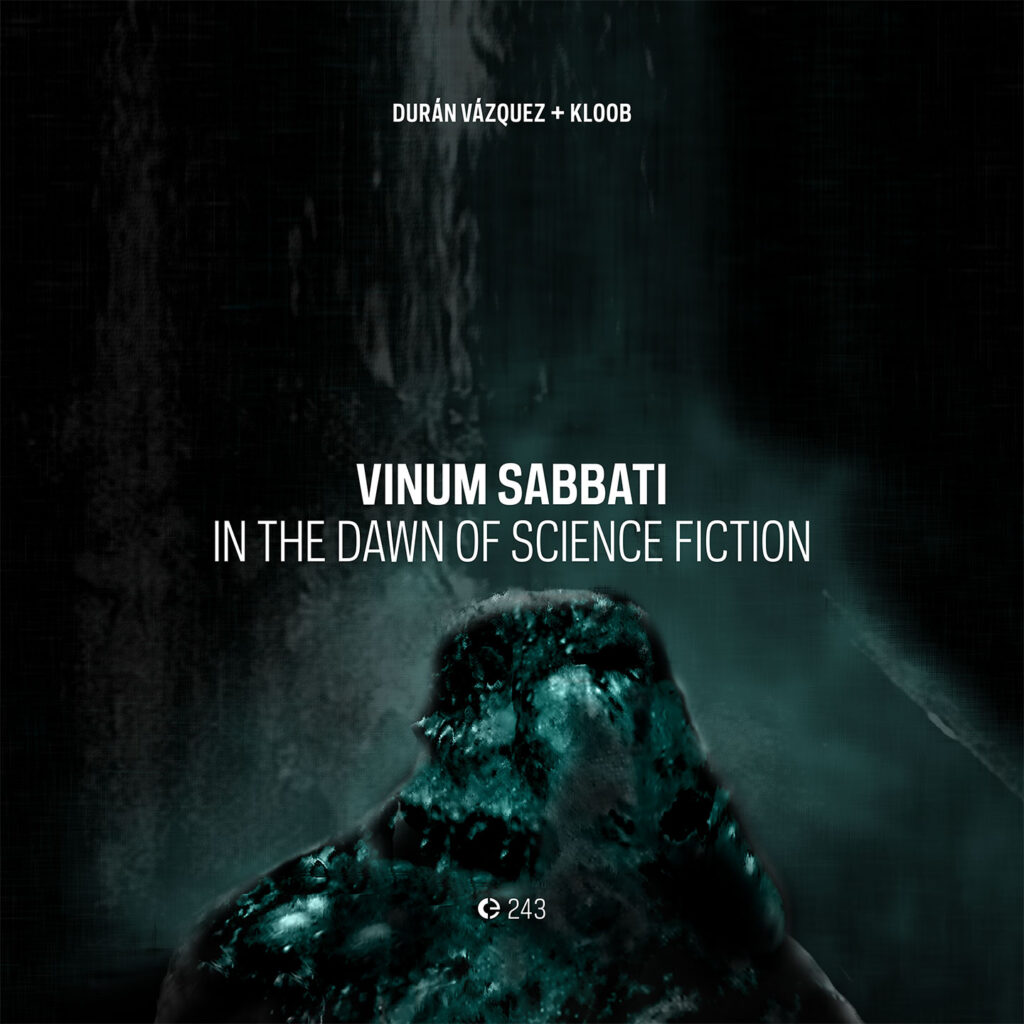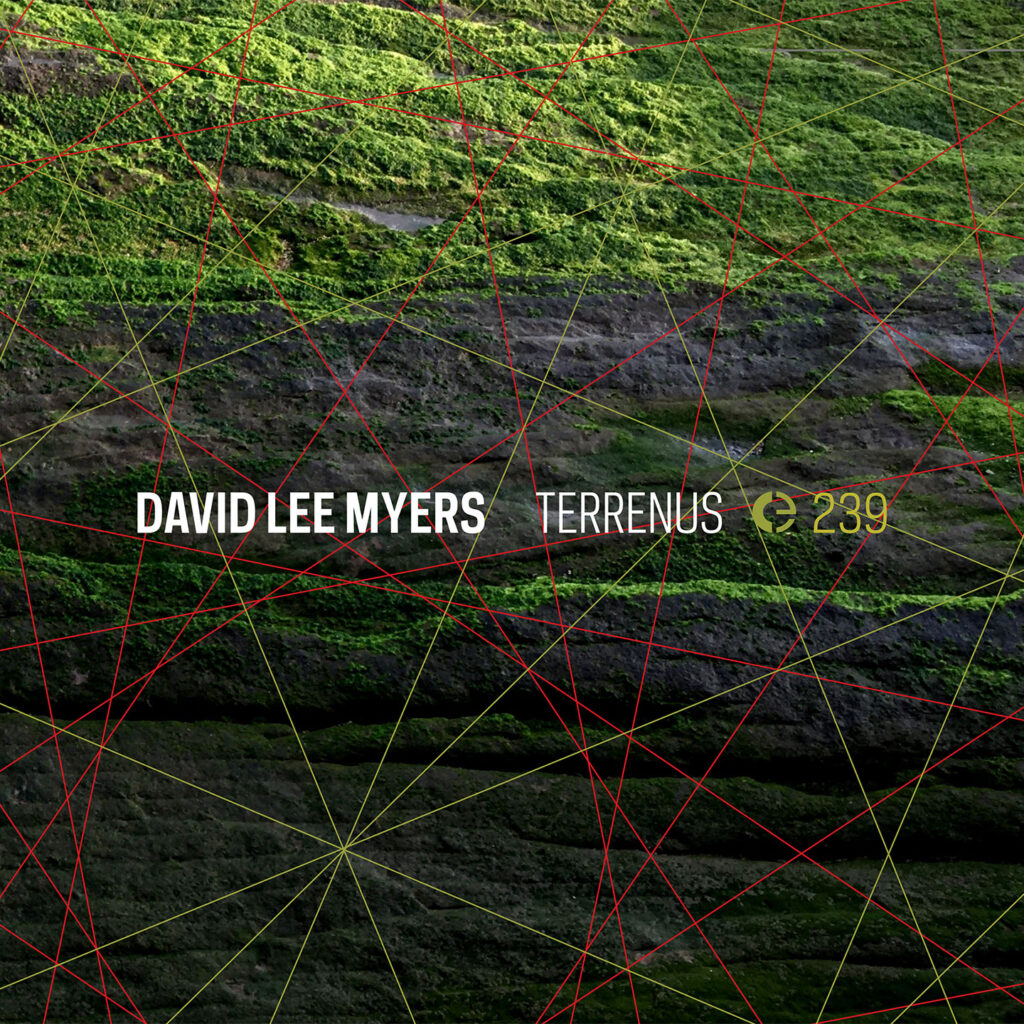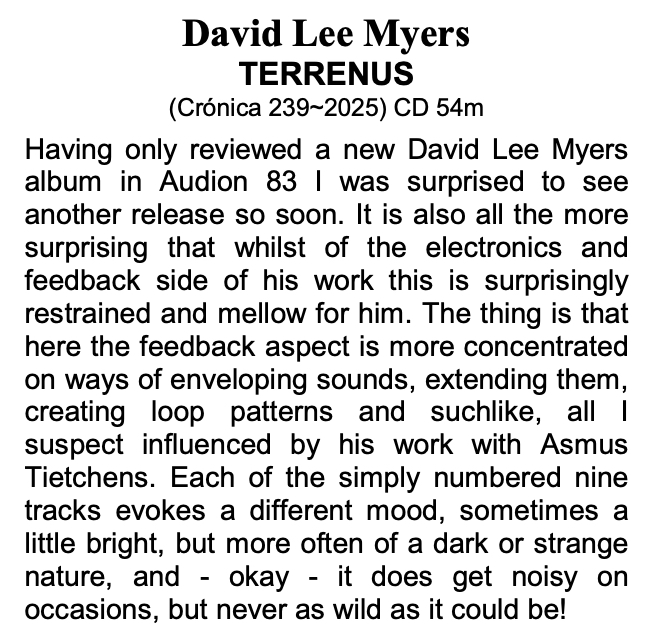
En 1998, Durán Vázquez (Vigo, Galicia) comienza a trabajar en forma autodidacta y en 2003 se editan sus primeros discos en el sello Crónica. Otrora dueño del sello alg-label, posee una veintena de discos publicados, además de colaboraciones con connotados artistas sonoros y su participación en varios compilados. En 2003, se editan sus primeros discos en el sello Crónica y «Vinum Sabbati, In the Dawn of Science Fiction», es el cuarto para el sello de Porto.
Su trabajo se centra en la creación sonora, radio arte y presentaciones en vivo, utilizando medios digitales con los que manipula los timbres y las texturas produciendo una capa sonora abstracta.
Por su parte, Daniel Ferreira afincado en Barcelona trabaja bajo el seudónimo de Kloob, quien en sus inicios incursiona -con el dúo Clubbervision y en solitario- en la música house underground. Desde 2010 comienza a desarrollar temas ambientales, experimentales y en la corriente dark ambient.
Durán Vázquez y Kloob se conocen desde hace más de 25 años. A principios de 2023 comenzaron a colaborar en el desarrollo de una obra de larga duración. El corto relato de terror de la «Novela del polvo blanco», de Arthur Machen -que también se le conoce como «Vinum Sabbati»-, surgió como fuente de inspiración y es precursora de lo que conocemos hoy como ciencia ficción.
Este nuevo lanzamiento publicado el 11 de noviembre de 2025 consiste en ocho temas instrumentales que son una suerte de banda sonora para esta novela que deviene en fragmentos orquestales sombríos e inflexiones ambientales que se empeñan por mostrar su lado oscuro.
La música intrigante que muestra «Vinum Sabbati, In the Dawn of Science Fiction», sugiere una escucha inmersiva, profunda y respetuosa del silencio.
via Loop





